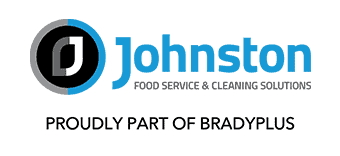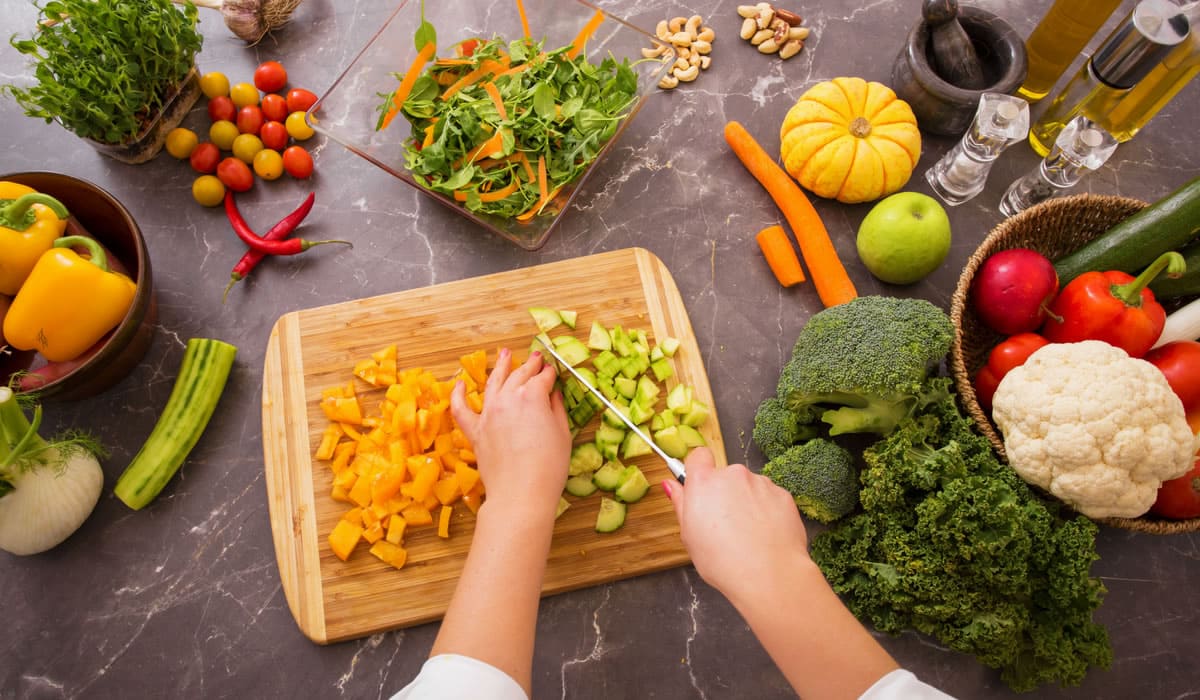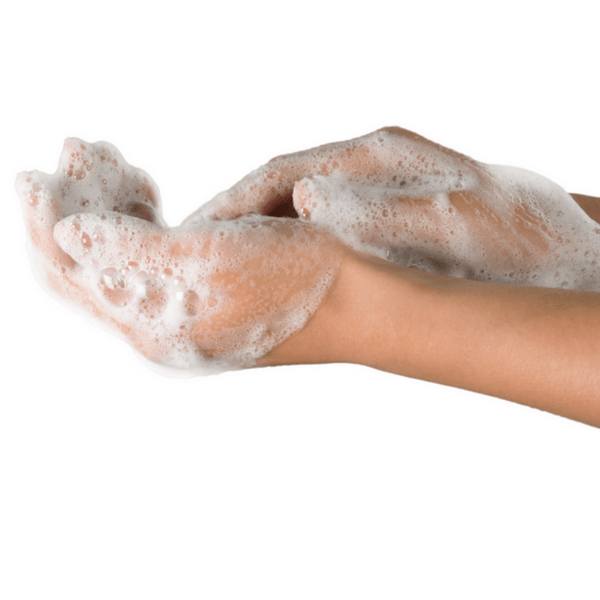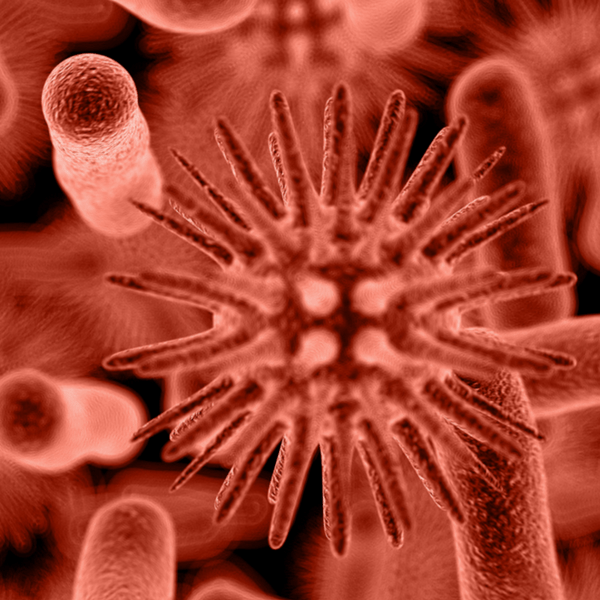Food Safety and Food Preparation in Small Spaces
Small food prep areas create a challenge not only for preparation but also for cleanliness. It’s just as important to be aware of food borne illnesses in a small space as it is in a large commercial kitchen.
Even tiny kitchens should have a food safety plan. In fact, a plan for a small space needs some extra considerations.
Plan Your Storage and Service Areas
Make sure to consider whether you have the proper storage for the food you will be preparing and serving. For example, do you have enough refrigerator space? You must plan ahead to ensure food stays at its proper temperature. If you have to use secondary storage, be sure to make a plan for resupplying your service areas.
Safely Handle Raw Foods
Plan your production based on HACCP standards. For instance, consider the menu’s mix of raw and cooked foods, and plan your food preparation accordingly. You may want to handle all of your raw food production at once, do a thorough cleaning, and then start on the next items. Also, be sure to handle raw foods with utensils. With a tiny kitchen, the potential for cross-contamination is increased, so you may want to isolate raw meat and fish operations.
Sanitizing
Start your day with a clean and sanitized space, and then be sure to frequently clean and sanitize as you go. Periodically, throughout the day, sanitize handles of all equipment, and empty and sanitize trash cans and counters.
Refresh Towels
Keep your side towels clean. Change them often and be sure to have a receptacle to throw them in to minimize reuse and cross-contamination.
Cutting Boards
Color code your cutting boards and stabilizing mats. Doing so will help prevent cross-contamination. For instance, use red for meat, blue for fish, and green for vegetables. Whenever possible, use boards that can be run through the high temperature of the dishwasher.
Manage Your Food Storage
Follow the minimal cooking temperature storage pattern. This means food that requires the highest minimal temperature is stored under the next highest minimal temperature item (i.e., poultry (165°F) would be stored below burger (155°F)).
Cleaning and Sanitizing
You can sanitize as you go with a spray bottle of diluted sanitizer. If cleaning with detergent, make sure to rinse before you sanitize because the sanitizer will be inactivated by the residual detergent.
Remember: While there are special considerations and planning for small spaces, the responsibility for protecting your employees and customers from food borne illnesses remains the same.
About Johnston
Johnston has always stood for reliability, commitment, quality, and service. Our heritage means years of accumulated industry knowledge, the ability to see the bigger picture, and the know-how to determine the best possible approach. Combining this mastery with the drive to deliver exceptional results, Johnston goes beyond sales, developing strategic, end-to-end tailored solutions for each customer since 1881.



